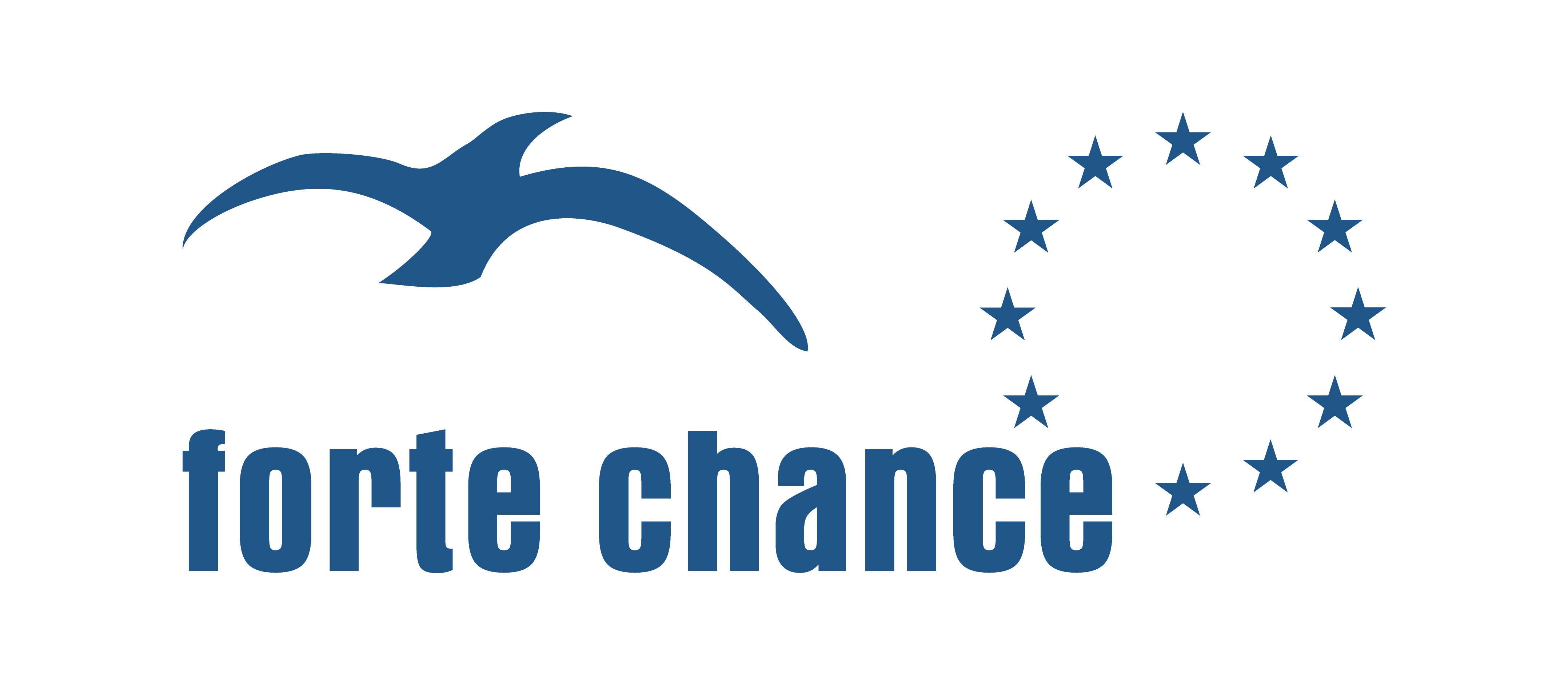Introduction
The organization recognizes and upholds the rights of the child, and is committed to ensuring the safety, protection and overall well-being of all minors involved in its activities, in accordance with the United Nations Convention on the Rights of the Child.
This policy applies to all minors participating in the organization’s projects, events, and activities, and establishes shared values, ethical principles, operational procedures, preventive measures, and training obligations for all staff and collaborators.
In particular, this policy applies to:
- Employees;
- Contractors and external collaborators;
- Volunteers and interns;
- Partner organizations and third parties engaged in institutional activities.
The organization acknowledges sport, education and culture as essential tools for the psychosocial development of minors and considers the safeguarding of children a non-negotiable and cross-cutting priority.
Who is a Child
Pursuant to Article 1 of the United Nations Convention on the Rights of the Child, a child is defined as: “every human being below the age of 18 years unless, under the law applicable to the child, majority is attained earlier”.
This policy applies to all children without any form of discrimination based on race, gender, sexual orientation, gender identity, language, religion, political opinion, national or social origin, disability, economic status or any other condition.
***
SUMMARY
- DEFINITION OF VIOLENCE AND ABUSE
- POTENTIAL RISKS
- ORGANIZATIONAL POLICY AND COMMITMENTS
- INVOLVED PERSONNEL AND STRUCTURES
- OPERATIONAL PROCEDURES
- SAFEGUARDING OFFICER
***
1. DEFINITION OF VIOLENCE AND ABUSE
Violence against children includes, but is not limited to:
- Physical abuse: hitting, burning, drowning, suffocating, or otherwise physically harming a child, including Munchausen syndrome by proxy;
- Emotional abuse: humiliation, isolation, demeaning or age-inappropriate expectations;
- Sexual abuse: any sexual activity involving a child, with or without physical contact, including exposure to sexual content;
- Neglect: failure to meet a child’s basic physical or psychological needs;
- Bullying: repeated acts of physical, verbal, or psychological aggression;
- Commercial sexual exploitation: sexual services in exchange for goods, money, or favours;
- Child pornography: creation, possession, or distribution of sexualized images or videos involving children;
- Commercial exploitation: involving children in labour or economic activities harmful to their health, safety, or development.
2. POTENTIAL RISKS
Forte Chance ETS has implemented a Child Protection Policy to prevent the following potential risks:
Lack of Supervision: Children may be left unsupervised during lessons or other events, increasing the risk of accidents or inappropriate interactions.
Unscreened/Untrained Staff: Without proper recruitment procedures and safeguarding training, adults may unintentionally expose children to unsafe situations or fail to recognize signs of harm.
Inappropriate Physical Contact: Physical interaction during lessons and other events may cross boundaries if not properly guided, especially without clear codes of conduct.
Peer Bullying or Exclusion: Without anti-bullying protocols, children may face social isolation, verbal abuse, or exclusion by peers in their own classroom or in other school environments.
Pressure to Perform: Excessive expectations from teachers, educators or parents may cause stress, anxiety, or loss of motivation.
Digital Communication Risks: Unregulated use of social media or messaging apps between adults and minors can lead to blurred boundaries and potential exploitation; between peers, it may amplificate the Peer Bullying or Exclusion risk.
Unsafe Physical Environments: Poorly maintained facilities, lack of safety measures, or overcrowding can lead to physical injuries or emotional distress.
Unclear Reporting Mechanisms: If children or witnesses do not know how to report concerns safely, harmful situations may go unnoticed or unaddressed.
3. ORGANIZATIONAL POLICY AND COMMITMENTS
In the recruitment and engagement of staff and collaborators, the organization shall evaluate:
- Motivation to work with children;
- Commitment to upholding children’s rights;
- Ethical values such as honesty, reliability, non-discrimination and integrity.
The organization commits to:
- Awareness: ensuring all personnel are trained in identifying abuse, neglect and exploitation;
- Prevention: establishing child-safe environments and inclusive practices in response to all the above mentioned risks;
- Reporting: implementing clear and accessible reporting procedures;
- Response: taking prompt and appropriate action in case of concern or incident.
4. INVOLVED PERSONNEL AND STRUCTURES
- The organization may involve qualified professionals (e.g. educators, psychologists, trainers) in its safeguarding framework;
- A Child Safeguarding Officer shall be formally appointed;
- Local branches or operational structures (where applicable) shall contribute to supervision and monitoring;
- Collaboration with external institutions and communities is encouraged to enhance prevention.
5. OPERATIONAL PROCEDURES
5.1 RECRUITMENT
- Reference checks, ideally from former supervisors;
- Interviews including specific safeguarding questions;
- Inclusion of safeguarding clauses in contracts and job descriptions.
5.2 FACILITIES
- Safety assessments and compliance with legal and health standards;
- Clear display of safeguarding procedures and contact persons;
- Publication of this policy on the organization’s website and physical premises.
5.3 PROHIBITED CONDUCT
- Inappropriate physical contact;
- Unauthorised personal relationships with minors;
- Sexual or suggestive comments;
- Sharing of personal contact details;
- Use or dissemination of child pornography.
Any harmful behaviour toward minors must be immediately reported and addressed in compliance with applicable laws and the organization’s internal procedures.
5.4 ACCOUNTABILITY AND MONITORING
The organization undertakes to:
- Regularly distribute internal assessments or surveys to evaluate policy implementation;
- Monitor and review safeguarding procedures and their effectiveness;
- Provide continuous training for both new and existing staff;
- Implement oversight mechanisms for personnel working with minors.
6. SAFEGUARDING OFFICER
Name and surname:
ALESSIA FARAVELLI
Contact Information:
Email: cso@fortechance.it
The Safeguarding Officer is responsible for receiving and managing reports, coordinating training initiatives, monitoring policy effectiveness, and liaising with competent authorities as required.
Scarica il modello organizzativo e di gestione dell’attività di Forte Chance ETS – MOG
Torino, April, 24th 2025
Il Presidente, Giampiero Uslenghi
